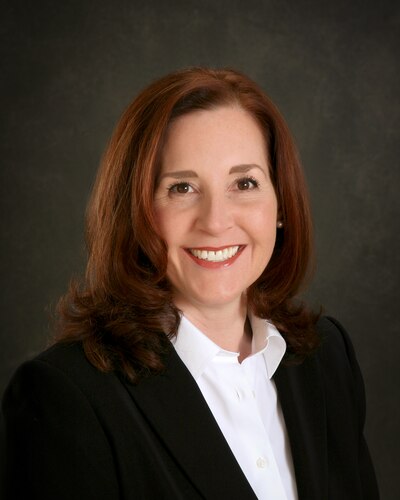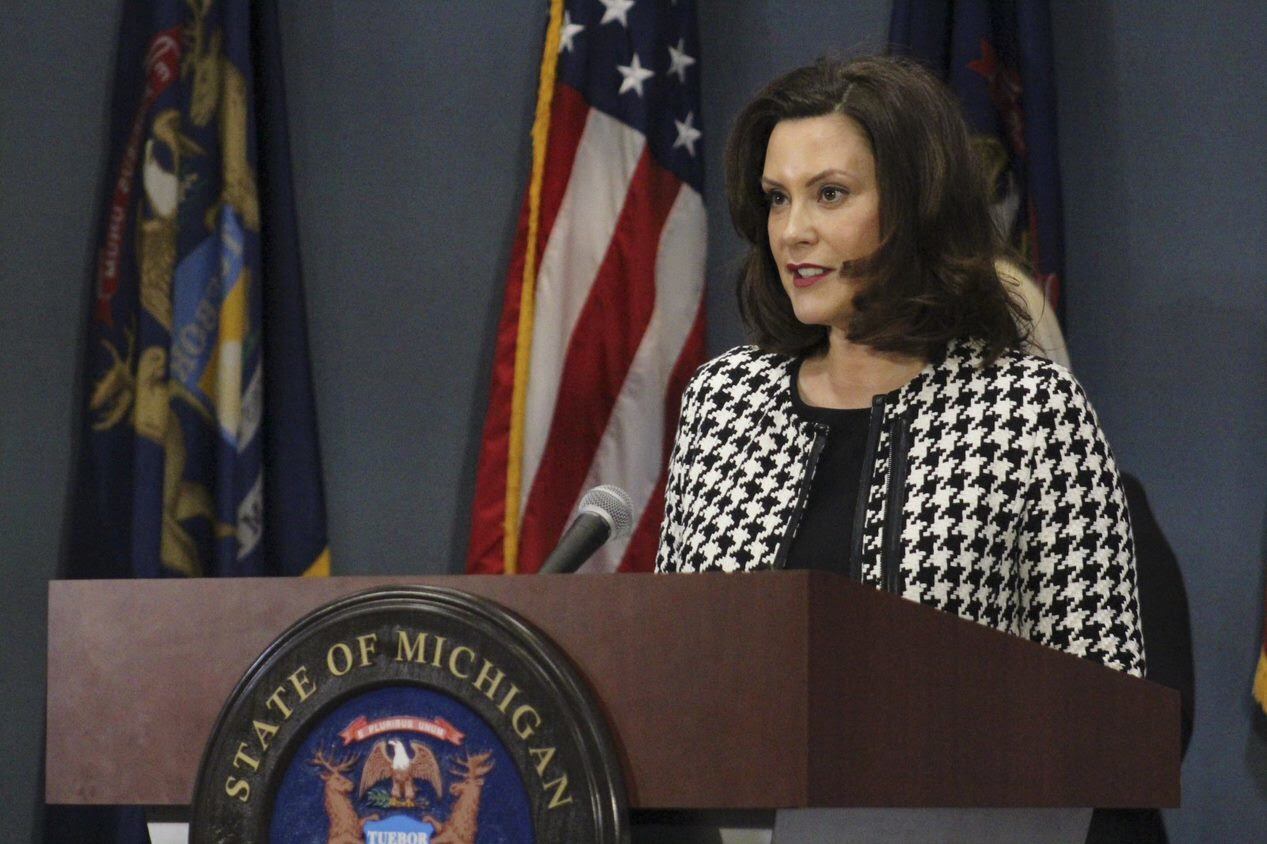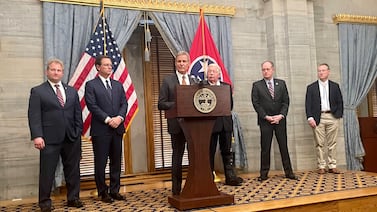A controversial Republican back-to-school plan could land on Gov. Gretchen Whitmer’s desk in the first weeks of August, setting the stage for a political standoff that would exacerbate the already considerable uncertainties surrounding school this fall.
With coronavirus cases rising in many areas nationwide, teachers and parents across the country are leery of returning to the classroom, and many schools are preparing to provide at least some instruction online. Political leaders in Indianapolis and Houston have pushed back school reopenings. Los Angeles and San Diego have already committed to virtual learning for the first semester. Whitmer has said she will order schools to go back to remote learning if cases continue to rise.
In Michigan, the reopening process could be complicated by a looming political fight over broader questions about how the state should oversee virtual learning. The state’s current attendance policy only counts students who are present in a classroom. The GOP’s back-to-school plan changes the rule, but it also adds several additional measures that are fiercely opposed by Democrats.
Under the plan, schools would be required to offer in-person learning to students in grades K-5 — with plastic or plexiglass partitions to separate their desks. Schools would also have the option to build virtual learning days into their regular schedules after the pandemic.
The package of bills passed the House on Wednesday night in a party line vote; Democrats have vowed to fight them when the GOP-led Senate reconvenes on Aug. 6.
The partisan divide raises doubts that Whitmer, a Democrat, will sign the bills. With some schools preparing to open in less than a month, any delay would add to the thicket of unanswered questions facing school leaders as they try to educate students safely.
Rep. Pamela Hornberger, the Republican chair of the House education committee, said there is no time for Whitmer to veto the GOP plan and propose different legislation.

“When is that legislation supposed to move?” she asked. She warned that if Whitmer doesn’t sign the bills, “we’re going to have to work through the process in September after school should already be starting.”
A Whitmer spokeswoman didn’t immediately return a request for comment.
What’s in the plan
Some districts are already planning to begin the year online. The superintendent of the Ann Arbor School District, one of the largest in Michigan, proposed on Wednesday that students spend the first half of the year in virtual instruction, following the lead of a handful of large districts across the country.
Details of the GOP’s back-to-school plan were first released two weeks ago. The current version:
- Requires schools to offer in-person instruction for students in grades K-5;
- Requires schools to provide classrooms with plastic or plexiglass partitions and, if needed, masks and gloves, if they provide in-person instruction to students in grades K-5;
- Changes the state’s definition of attendance to “time spent engaged in instruction,” rather than time spent in a classroom;
- Beginning in the 2021-2022 school year, reduces the number of forgivable snow days to two, and requires districts to offer virtual instruction during any remaining snow days;
- Beginning in 2021-2022, allows any district to offer up to 20 days a year of virtual learning;
- Allows school districts to contract private companies to provide virtual courses; the teachers of these courses would be employed by the company, not by the school;
- Requires schools to administer benchmark assessments when students return to school and report the data to the state
- Requires schools to provide remote instruction if they are closed again due to an executive order
State researchers said the proposals would “create an indeterminate cost increase” for schools.
The plan does not address funding, which is at the top of many education leaders’ minds as they face added costs linked to COVID-19 and a looming state budget shortfall.
The controversy isn’t about this fall
Much of the controversy centers on parts of the plan that aren’t directly connected to reopening schools this fall, and which don’t go into effect until the following school year.
Democrats blamed Republican lawmakers for adding a raft of controversial proposals that aren’t necessary for schools to reopen this fall.
“There are some components that we need, especially around the flexibility with” calculating attendance, said Rep. Darrin Camilleri, a Democrat on the House education committee. “But these bills radically alter education policy for the foreseeable future.”
Hornberger said parts of the bills predate the pandemic, and are linked to a controversy over snow days two years ago. Her goal was to make it easier for schools to continue instruction when students couldn’t be in classrooms because of a snow day, a pandemic, or even an extended illness, she said. That’s why the plan allows districts to offer virtual instruction 20 days a year, even when students have no trouble getting to school.
“If they had had that in place it would have been easier to switch to online or distance learning” during the pandemic, she said.
Camilleri said the virtual learning proposals amount to “union busting” because they allow schools to contract with private companies for those 20 days of instruction. It was not clear whether unionized teachers would lose work as a result of the proposal.
Teachers union leaders slammed the Republican plan, noting that no teachers spoke as part of the debate on the bills.
“The most reprehensible of the provisions passed today allows contracting out for teachers for any virtual classes,” Paula Herbart, president of the Michigan Education Association, wrote in a statement. “Not only does this run counter to collective bargaining law regarding outsourcing of instructional staff, it could allow unqualified individuals and for-profit companies to supplant the dedicated expertise of Michigan’s front-line educators.”
The bills don’t require districts to contract out for virtual learning — they are allowed to provide it themselves. Still, Rep. Sheryl Kennedy, a Democrat, said that cash-strapped smaller districts would have a strong incentive to save money by contracting out their virtual instruction.
That’s exactly the point, said Beth DeShone, executive director of the Great Lakes Education Project, an advocacy group founded by U.S. Education Secretary Betsy DeVos.
“It’s just an added tool,” she said. “The ability to be able to add that option if the local school district needs it shouldn’t be seen as a bad thing.”








